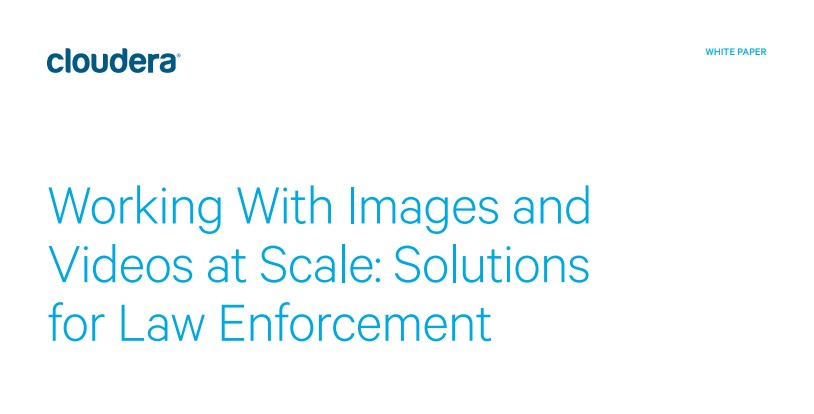
Cloudera, piXlogic, and Intel have partnered to make advanced image and video analytics available to big data customers. The piXlogic software provides a scalable set of “extra eyes” that can automatically go through images and videos stored in Hadoop clusters and generate metadata describing their contents.
This enables search, content discovery, alerting, and integration with other analytical tools in the Cloudera stack.
The Cloudera platform simplifies the management of distributed computing resources, such that piXserve can carry out its calculations where the data is stored.
The level of analysis that piXserve carries out is very extensive and computationally expensive. Intel technologies are key to keeping computing costs low. This involves using both chips and accelerators with advanced extensions so that as much of the computations as possible are run on the bare metal for maximum performance.
In summary, the solution comprises three components integrated and working together. The combination of the three creates a unique and compelling solution for law enforcement customers. These elements and the type of use cases that they enable are discussed in this whitepaper.




















